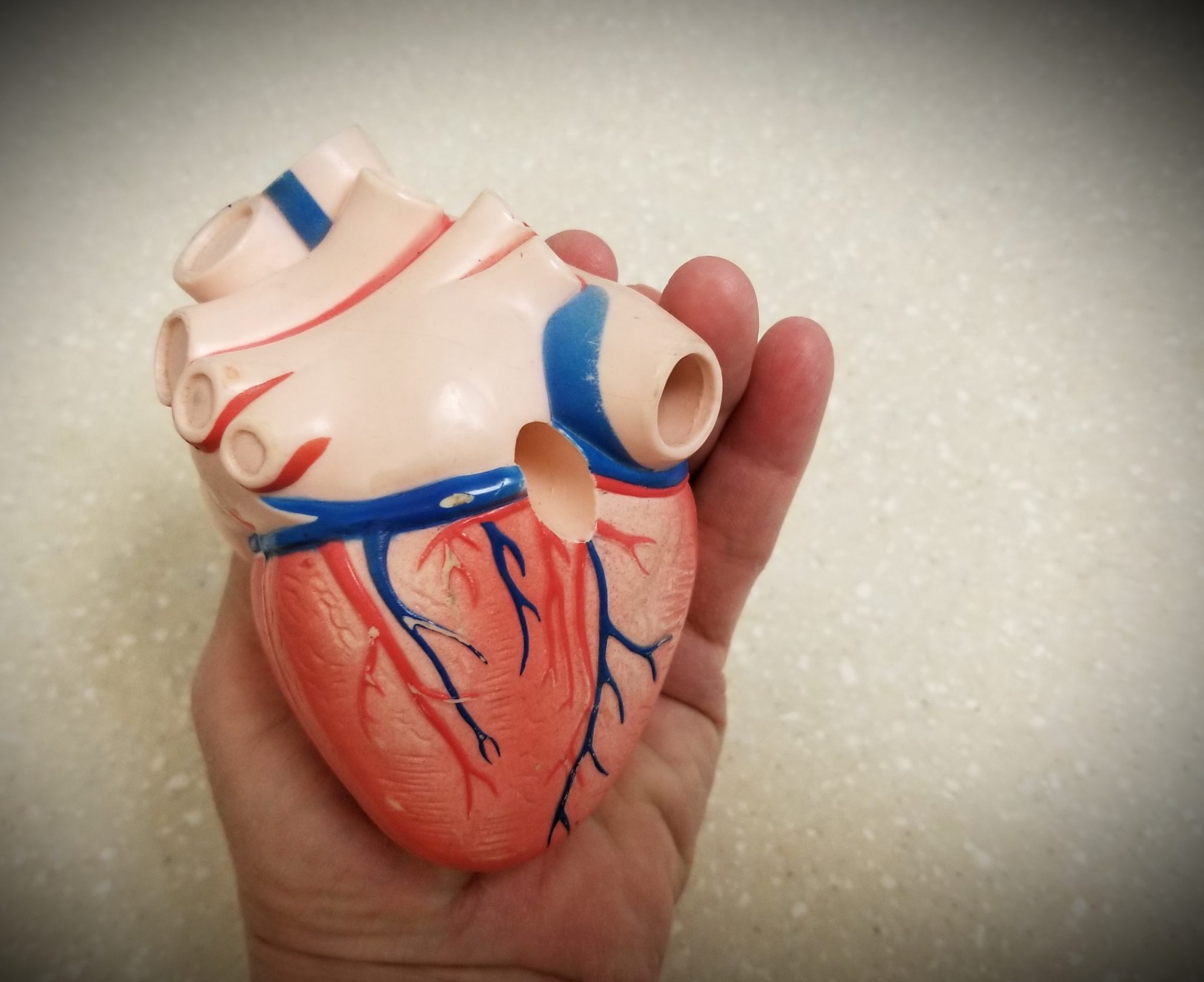Treating Varicose Veins
Varicose veins, also known as varicosities are enlarged, twisted swollen veins that are dilated and overfilled with blood. They are usually bluish, purplish or reddish veins bulging just beneath the surface of your skin. They are generally painful and frequently affect the superficial veins found in your legs. For most people, they are merely a cosmetic concern, but for others, varicose veins can be painful and may cause discomfort. Veins affected by varicose do not work properly; hence the blood flow is not effective. A varicose vein is quite a prevalent condition. According to a study, around 23 percent of all Americans are likely to have varicose or spider veins. Women are most likely to develop them than men, and it is almost like a family trait for many people.
What causes varicose veins?
Healthy veins depend on the surrounding muscles and a one-way valve system to push the blood back up to the heart. The veins have cup-like valves that only allow the blood to flow in one direction and help prevent the blood from flowing in the opposite direction. They open up alternately to let the blood flow through and then close to prevent it from flowing back. Veins that become varicose cannot function effectively. The valves fail, and the blood starts to accumulate and pool up in the vein, which makes it difficult to push the blood up and forms a bulge. This accumulation increases venous pressure and causes the veins to twist and bulge. Superficial veins in the legs are more likely to be affected because they lack muscle support, and gravity makes it harder to let the blood flow upwards.
Several conditions that induce this condition mostly relate to excessive pressure for extensive time-period. Standing on the legs for several hours, pregnancy, and obesity are a few prominent factors. In a few cases, chronic constipation and tumors can also cause varicose veins. Staying inactive or in a sedentary position for a prolonged period can also trigger this condition.
With age and due to menopause, the chances of varicosity in the elderly also increase, or an injury that damages the valves can also cause varicose veins.
Lastly, genetics usually plays a big role. You are likely to have varicose veins or spider veins if it runs in your family.
What are the symptoms of varicose veins?
Some varicose veins might just be visual and cause no pain, and other times, they can be very painful. Some signs include;
- Dark blue, purple or red veins visible under your skin
- Bulgy, twisted, swollen like veins appear your legs
- Around the varicose vein, the skin discolors
- Your legs ache or start to feel heavy
- Lower leg muscle cramp often
- The pain in your leg increases after prolonged periods of standing or sitting
- The skin around the varicose vein itches
What are the possible treatment options for varicose veins?
Cases of varicose veins may vary. Doctors are usually cautious when treating varicose veins. They usually advise non-intrusive methods to treat it, and these include some basic at-home remedies. In mild cases, medical attention is not necessary, but if the affected vein is very bothersome or causes severe pain, there are several methods to treat them.
For at-home treatments. you can follow the following methods;
Compression tights/stockings/socks
Your healthcare professional may advise you to wear special compression stockings or socks. They aid in applying enough pressure on your legs or feet for adequate and effective blood flow and a decrease in swelling level. They are easily available at local drugstores and pharmacies. Higher compression stockings offer most pressure and are available only on prescription. To put them on, you need to lift your legs in the air and pull up the stockings evenly. They should not feel very tight. Wear them every day and try to elevate your legs for a few minutes often during the day.
Drugs
Your doctor may recommend you over the counter drugs that are anti-inflammatory like ibuprofen or aspirin, which may help you to relieve some pain or swelling.
Lifestyle changes
Doctors usually recommend patients to make some lifestyle adjustments to prevent varicose veins or to stop them from worsening. It is advised to not stand for a continuous hour or stay seated for long hours. If the person afflicted is overweight or obese, they are encouraged to lose weight. Exercise and incorporating a few activities will help you with the treatment of varicose veins.
In cases where this condition is severe, the vein is very painful or may rupture. Doctors then advise invasive procedures like:
Surgery
Varicose veins need to be surgically removed if they are very large. The surgeon cuts the skin above the affected vein, cuts the vein, and then removes it through incisions. This surgery requires the patient to be anesthetized.
Stripping and ligation
In this method, the surgeon makes two incisions, one near the patient’s groin on the top of the affected vein and the other down the leg. The vein at the top is tied and sealed, and then a thin wire is threaded through the bottom of the vein and then pulled out, which takes the vein out with it. This procedure may cause bruising and bleeding and requires a few weeks’ rest for the patient to recover.
Sclerotherapy
In this procedure, the professional injects the vein with a solution or foam that blocks off the larger vein, leaving a scar and collapses the walls so it cannot transport blood. In a few weeks, the scar fades away.
Laser or radio-frequency procedures assisted by catheter
In this treatment, the doctor inserts a catheter, which is a thin tube in an enlarged vein, and then the tip of the tube is heated by either radiofrequency or laser energy. When the catheter is pulled out, the vein gets destroyed due to heat. It then collapses and shuts.
Transilluminated powered phlebectomy
This procedure involves the patient to be anesthetized. An endoscopic transilluminator is a special kind of light that is threaded through an incision made earlier on the skin. The afflicted vein is then cut and removed with the help of a suction device through the incision.
Outlook
There are various ways a doctor makes a physical examination and then decides if it is absolutely necessary for a patient to undergo invasive ways of treatments. You might want to visit the best health care specialist for your cases, and there’s no better place than South Florida Cardiovascular Specialist. Our experienced cardiologists take great care of patients and are committed to improving their cardiovascular health.





